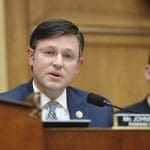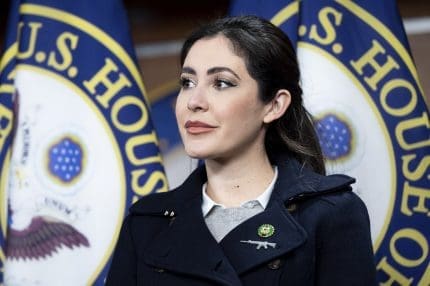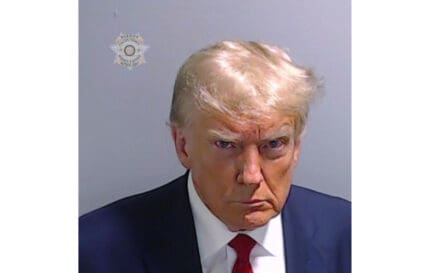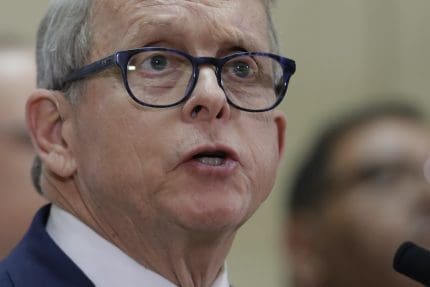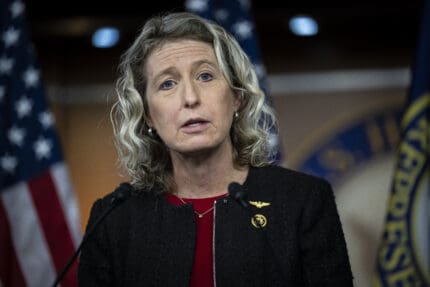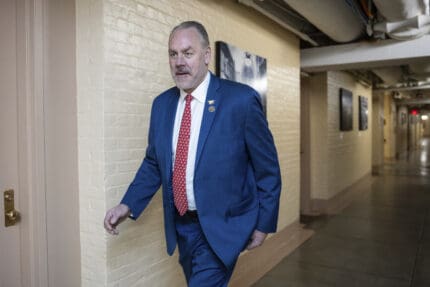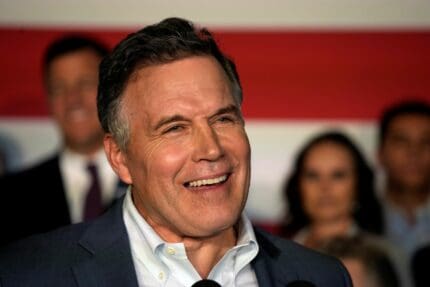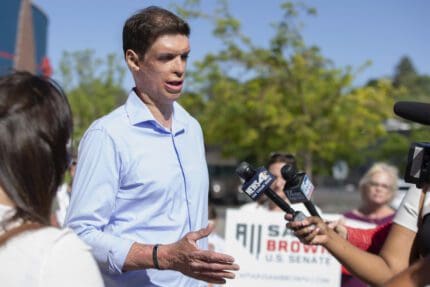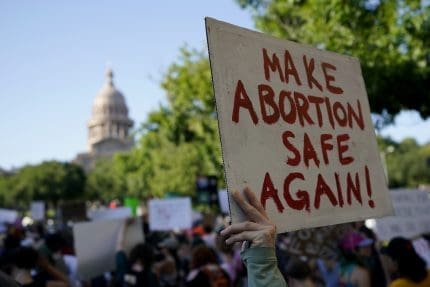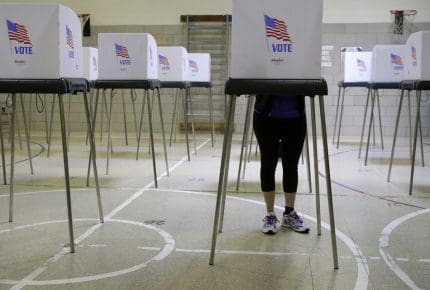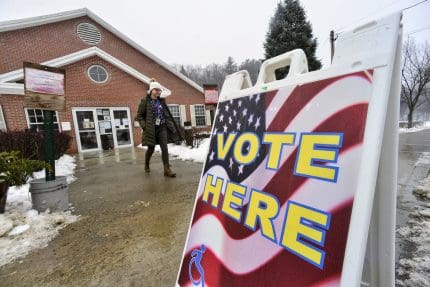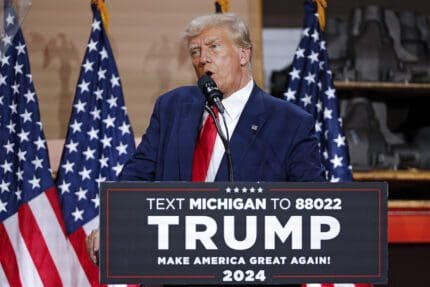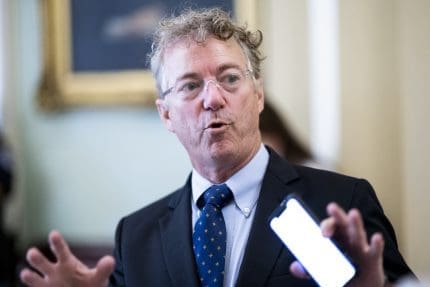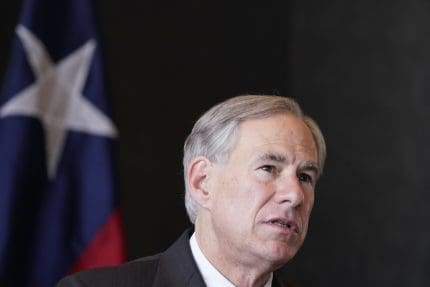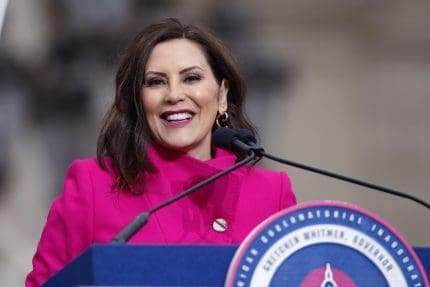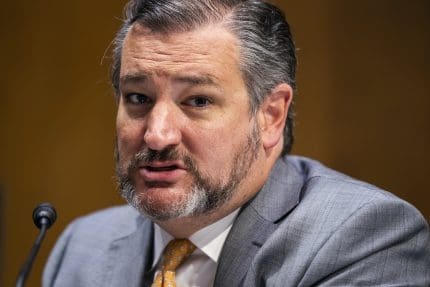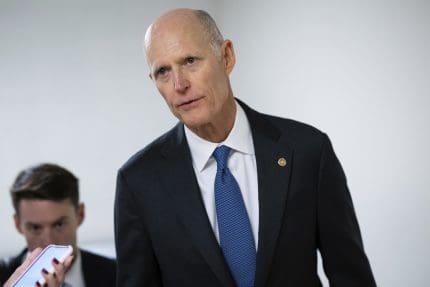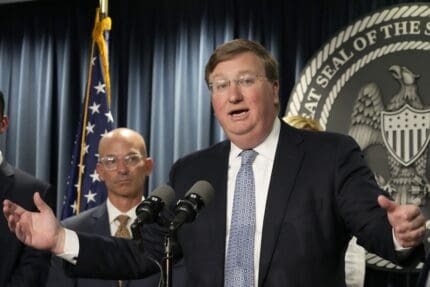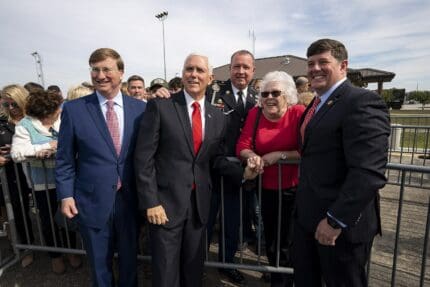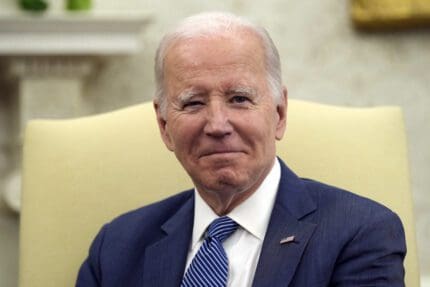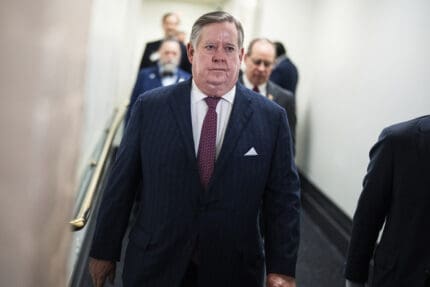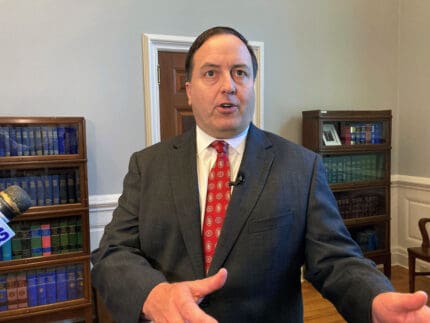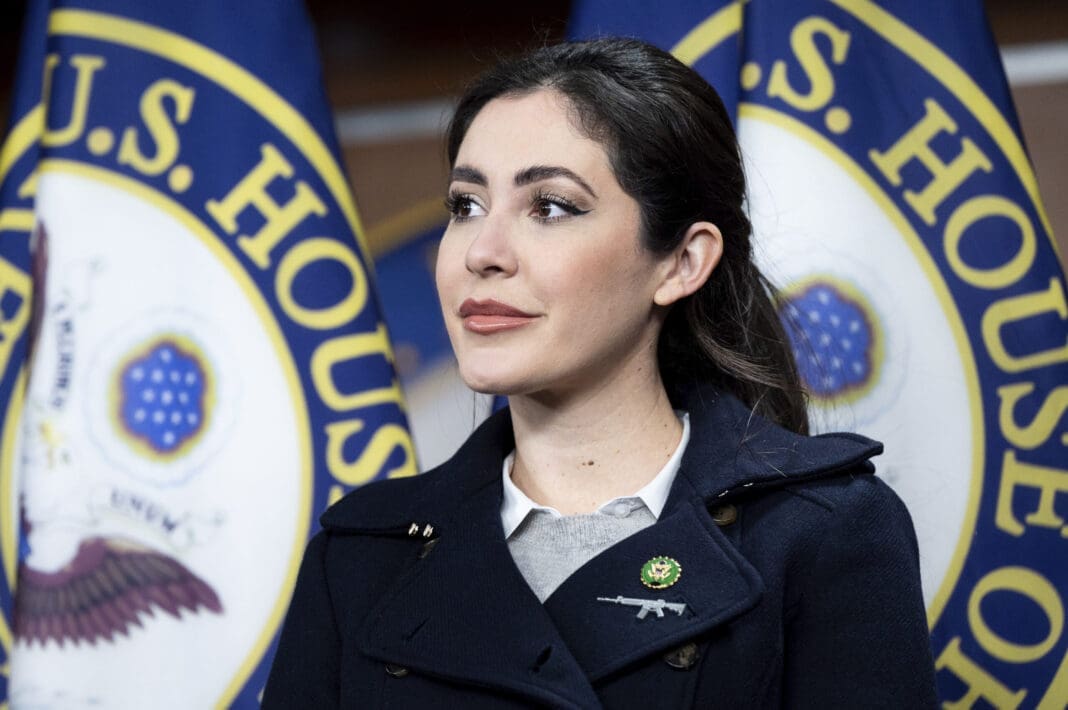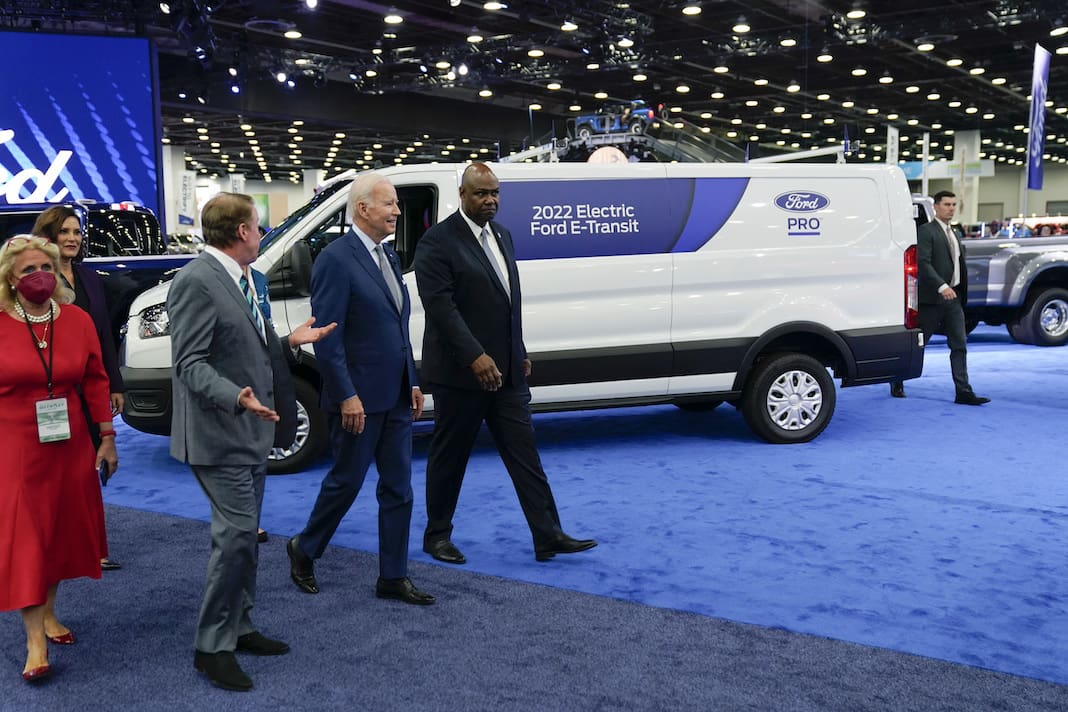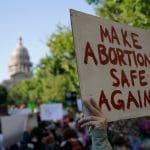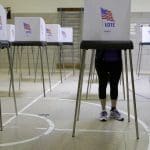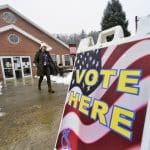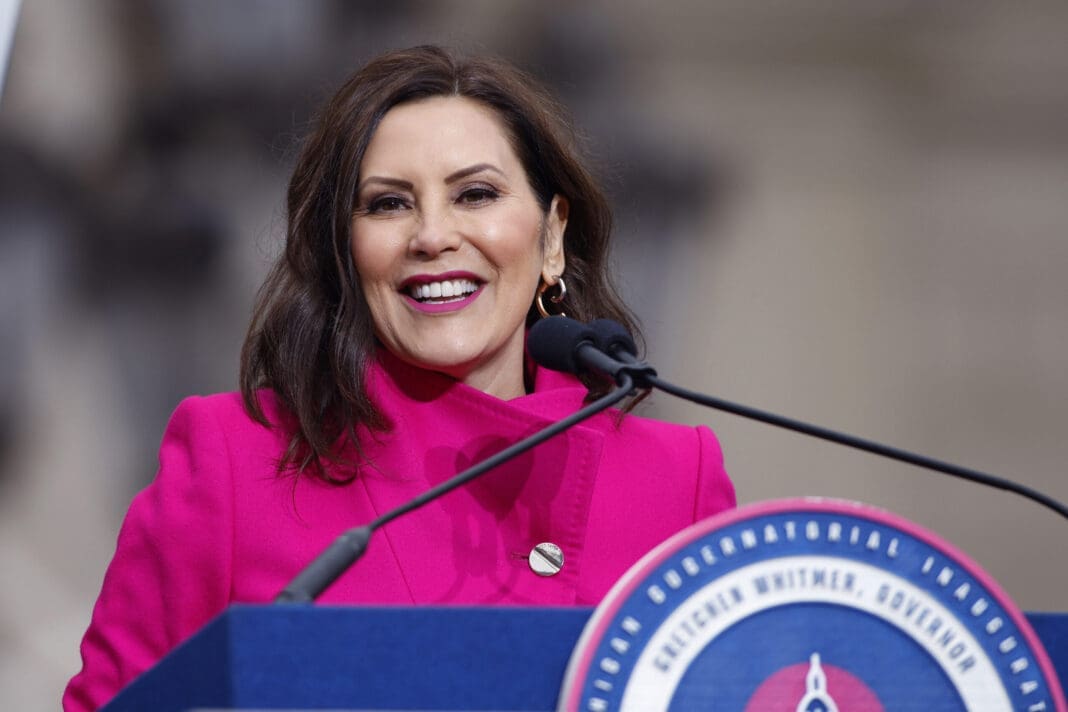Trump suggests he can tell governors to end their stay-home orders
The White House has so far refused to issue a national lockdown but now claims Trump alone can end state-imposed orders.
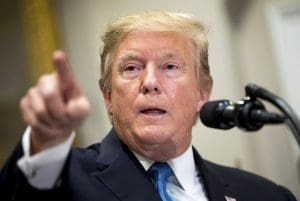
Donald Trump claimed on Monday that he had the power to reopen the nation’s economy amid the growing coronavirus pandemic, despite repeatedly refusing to issue a nationwide stay-at-home order for the country.
“For the purpose of creating conflict and confusion, some in the Fake News Media are saying that it is the Governors decision to open up the states, not that of the President of the United States & the Federal Government. Let it be fully understood that this is incorrect,” Trump tweeted. “It is the decision of the President, and for many good reasons.”
Trump claimed he would work closely with governors before making a decision.
Trump and his administration have repeatedly said they hope to soon ease social distancing and reopen the nation’s economy — possibly as soon as May 1 — despite expert warnings that such a move could have major adverse public health ramifications.
But Trump never actually closed the country.
“We’ve talked about it … obviously there are some parts of the country that are in far deeper trouble than others,” he said in late March, explaining the lack of a national stay-at-home policy. “If we do that, we will let you know, but it’s pretty unlikely, I think, at this time.”
On April 1, he defended that decision, saying, “There are some states that are different. There are some states that don’t have much of a problem.”
“If a state in the Midwest, or if Alaska, as an example, doesn’t have a problem, it’s awfully tough to say, ‘Close it down.’ So we have to have a little bit of flexibility,” he added.
Alaska, like every other state, has reported hundreds of COVID-19 cases, with the total number of cases nationwide in the hundreds of thousands, according to the Centers for Disease Control and Prevention.
Dr. Anthony Fauci, director of the National Institute of Allergy and Infectious Diseases, told a CNN town hall earlier in April that the “tension between federally mandated versus states’ rights to do what they want is something I don’t want to get into, but if you look at what’s going on in this country I just don’t understand why we’re not doing [nationwide stay-at-home orders] — we really should be.”
Without national guidance, it was governors who ordered their constituents to stay home.
In 42 states, stay-at-home orders are in place mandating that people leave their homes only for essential purposes like groceries and medical care. Some of these state directives last into May or beyond.
A handful of Republican governors have refused to put such restrictions in place in their states, even after the federal government granted them major federal disaster status for the pandemic.
Published with permission of The American Independent Foundation.
Recommended
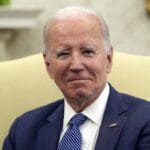
Biden campaign launches new ad focused on Affordable Care Act
Former President Trump has said he wants to do away with the popular health care law.
By Kim Lyons, Pennsylvania Capital-Star - May 08, 2024
Ohio doctors fear effects of emergency abortion care case set to go before U.S. Supreme Court
A federal law that allows emergency departments to treat patients without regard to their ability to pay will be under U.S. Supreme Court scrutiny this week, and Ohio doctors are concerned about the case’s local impact on emergency abortion care.
By Susan Tebben, Ohio Capital Journal - April 23, 2024
House GOP votes to end flu, whooping cough vaccine rules for foster and adoptive families
A bill to eliminate flu and whooping cough vaccine requirements for adoptive and foster families caring for babies and medically fragile kids is heading to the governor’s desk.
By Anita Wadhwani, Tennessee Lookout - March 26, 2024





